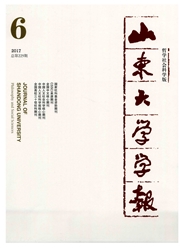

 中文摘要:
中文摘要:
基于2011年中国家庭金融调查(CHFS)的微观家庭数据,研究消费性贷款对居民消费的影响,同时区分和比较了正规及非正规消费性贷款对居民消费的影响差异,并且研究了其中的作用机制,此外还考察了在不同收入、居住地和受教育程度的人群中,消费性贷款对居民消费影响的异质性。得到以下研究结论:发展正规消费信贷能显著促进我国居民的消费,尤其是耐用品消费;正规消费信贷会通过减少消费者面临的流动性约束,进而促进其消费;正规消费性贷款的获得会使中低收入、农村地区或低受教育水平的家庭增加消费。最后本文根据实证估计结果提出了相应的政策建议。
 英文摘要:
英文摘要:
Using the micro-household data collected by the China Household Finance Survey in 2011, this paper studies the impact of the consumption credit on household consumption, compares the effect of the formal consumption loan with the informal one, studies the influence mechanism involved, and examines the heterogeneity of the influence among people with different incomes, cities and education level. We find that: (1)the development of formal consumer credit can promote the consumption of Chinese household~s consumption significantly, especially for the consumption of durable goods; (2)through lowering liquidity constraints that the household is faced with, the formal consumption credit can increase their consumption; (3)the gain of the formal consumption loan can promote the medium-low, rural or low education household to increase consumption. Last but not the least, this paper has given some corresponding policy recommendations based on the results of empirical estimation.
 同期刊论文项目
同期刊论文项目
 同项目期刊论文
同项目期刊论文
 期刊信息
期刊信息
